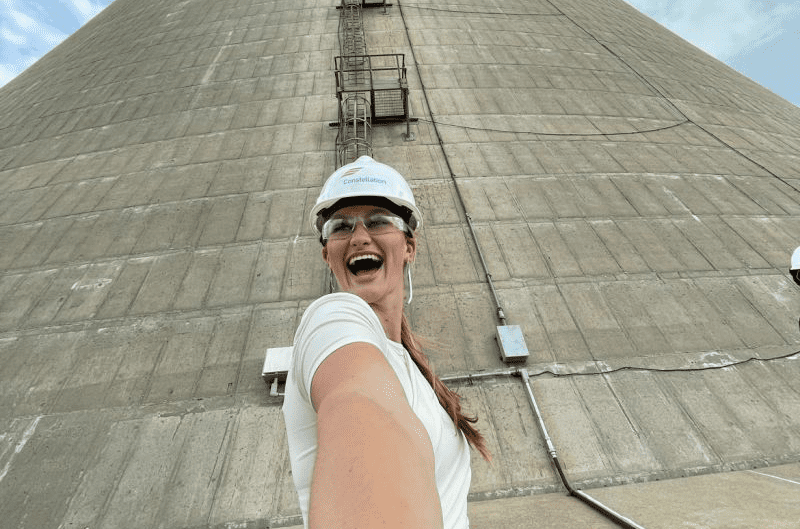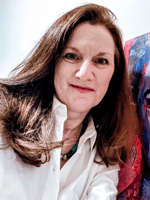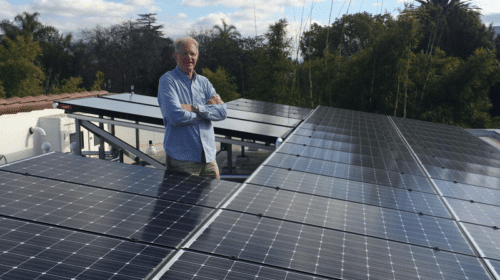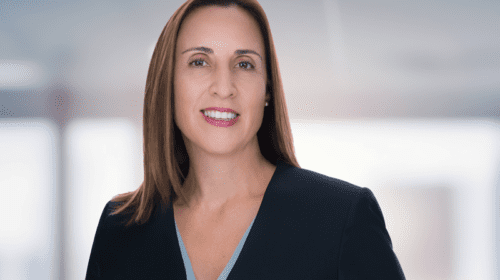The Miss America competition, no longer referred to as a “pageant,” (and certainly not a “bathing suit revue,” as the first competition was christened in 1921), provides the winner with a global platform from which to spread a message she’s passionate about. The current titleholder, Grace Stanke, a graduate of the University of Wisconsin-Madison with a degree in nuclear engineering, representing her home state as Miss Wisconsin and crowned Miss America 2023, has spent the past year advocating for greater use of nuclear energy (“Clean Energy – Cleaner Future”) and inspiring the next generation of female scientists, engineers and mathematicians, so they are not hidden figures.
As she winds down her reign and prepares to crown her successor, Stanke looks back at a whirlwind year that culminated with speaking at the Net Zero Nuclear Summit during the 28th UN Climate Change Conference of the Parties (COP28) held in Dubai, United Arab Emirates, from late November to mid-December. Once her term is over in January 2024, Stanke will begin working at Constellation Energy Corporation as a core design engineer.


Rebecca Ponton: How did you first become interested in nuclear energy?
Grace Stanke: It’s a really bad origin story [laughing]. Honestly, I first got into nuclear out of spite. I was a 16 year old teenage girl, and I was very blessed that I grew up with a dad who was a civil engineer, so I was always exposed to engineering growing up and I knew that’s what I wanted to do. I found out about nuclear and I thought it sounded really cool and really fun. I came back home after touring a bunch of colleges and told my dad, “I’m thinking of either nuclear or aerospace engineering. What do you think?” He said, “Grace, don’t go into nuclear. There’s no future there.” Now, when you’re a 16 year old teenage girl, your first instinct is to do the opposite of what your dad says… so I went into nuclear!
I always say, if I had known [then] what I know now, I might have agreed with him. Nuclear was not in a good place but now, four or five years later, there’s been a tremendous change. We’ve seen an intense amount of support for building new nuclear. We’ve seen new nuclear reactors be opened up [and] we’re seeing a lot of advancements being made on that front in America.




RP: You live in Wisconsin, which doesn’t have any oil production or reserves, so most of the state’s electricity generation is from natural gas and coal, along with some nuclear energy. What is your personal exposure to nuclear?
GS: In Wisconsin, we have one currently operating nuclear power plant in Manitowoc that powers about 14 percent of the state. There is one fully decommissioned nuclear power plant, and another that is no longer connected to the grid, but is still going through the decommissioning process.
You don’t see nuclear until you learn about it specifically. It’s just tremendous how much more present and available it is than we realize. I learned that in my first semester of school.
My dad is a two time cancer survivor and he’s alive because of nuclear medicine. That was a big thing that affected me growing up. He’s happy and healthy and retired now – super pro-nuclear, as well, by the way – but nuclear science is something that you don’t see. Nuclear is powering the world around us; we just don’t know it. Imagine if we embraced it and utilized it to its fullest capabilities how much good it would do.
RP: You said, as of October, you had already traveled 170,000 miles in the U.S. and abroad. As you travel and speak to people and interact with them, what is the biggest misconception about nuclear?
GS: The biggest question is always about waste, the spent nuclear fuel. I always say, this is not a science problem; it’s a policy problem. We have been effectively and safely storing spent nuclear fuel for decades. On top of that, we’re also able to recycle and reprocess it, and reuse about 90 to 95 percent of what’s in that spent nuclear fuel and put it right back into power plants, but it’s policy that stops us from doing that. We see reprocessing and recycling happening in France and other places in the world. It’s not a new science. We just have to allow it to happen as a people and as a governing body. So, when it comes to waste, we have a solution; politicians just need to get onboard with it.
The next biggest concern is safety, and that’s a question that I’m more than comfortable addressing. I worked at one of the nation’s largest utilities that owns and operates 12 different nuclear power plants across the country. It was really incredible because I got to see firsthand how these power plants are held to standards of not just good, not just great, but of excellency and perfection. We are achieving excellency. Unfortunately, perfection will never be achieved. That’s just called being human, but we have procedures in place, we have plans [and] we know what to do. Being a nuclear reactor operator is a very important job, but it’s actually quite a boring job because there’s usually no problem.
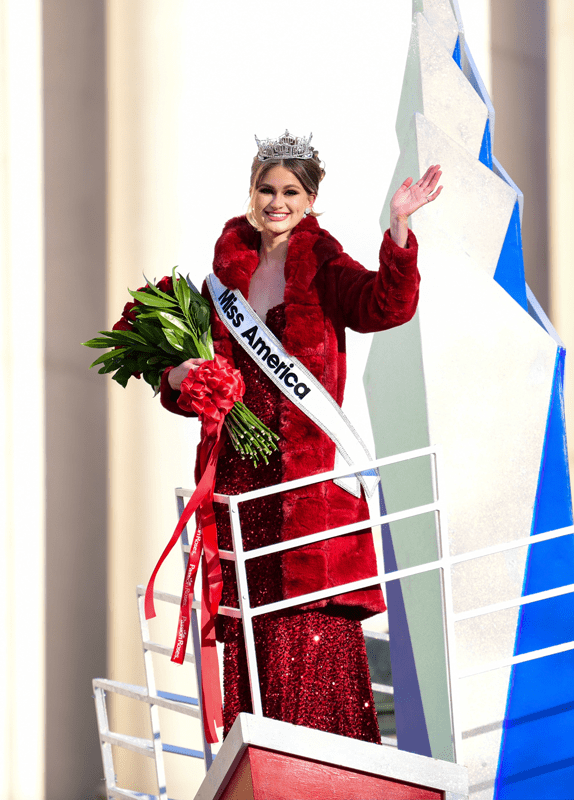

RP: Where do we use the most nuclear here in the U.S.?
GS: Illinois and Pennsylvania have a very large presence in nuclear. [The Palo Verde Generating Station] outside of Phoenix, Arizona, is the nation’s current – soon to be dethroned – largest nuclear power plant. It runs completely off of the city’s wastewater and is able to treat that water and use it to create energy for people in Phoenix to use, which is really, really cool. There is a new reactor being constructed in Georgia that will make the [Vogtel] power plant the largest.
We’ve got the Point Beach plant here in Wisconsin that’s using nuclear fuel to create electricity and Lake Michigan to cool the power plant. In Florida, they’re bringing in salt water. Nuclear power plants are quite literally everywhere. In terms of nuclear reactors, there are 93 of them in the United States (some power plants have more than one reactor). [Nuclear] powers 20 percent of America, which is a tremendous amount of energy for only 93 reactors.
RP: What do you want people to know is the biggest advantage and the biggest benefit of us having nuclear and increasing its percentage of the energy mix across the U.S.?
GS: There are three things. First, that nuclear is zero carbon. It’s a clean source of producing energy. As we continue this transition and the fight against climate change, that’s going to be a necessity.
One thing that I think is commonly forgotten during this transition to a zero carbon energy world is that we have [to have] reliable energy. If we switch primarily to renewables, unfortunately, we don’t have fully accessible power 24/7. Society and the world and humanity depend on electricity, so reliable energy is essential during this transition. Nuclear is one of the most reliable forms of energy. It is operating pretty much [at] 100 percent capacity 24/7. The only time those power plants are shut down is during refueling outages (maybe one to three weeks a year). [Nuclear] is always on, always available, no questions asked. It doesn’t depend on the weather.
The last thing is the energy density that nuclear has. You really can’t compare it to any other type of energy production. [There] is a lot of energy coming from a very small amount of fuel and no other industry can even come close to that. I think it’s important to recognize the energy density that nuclear contains. Nuclear fuel is just a little itty bitty cylinder and it’s just fancy hot rocks at the end of the day.
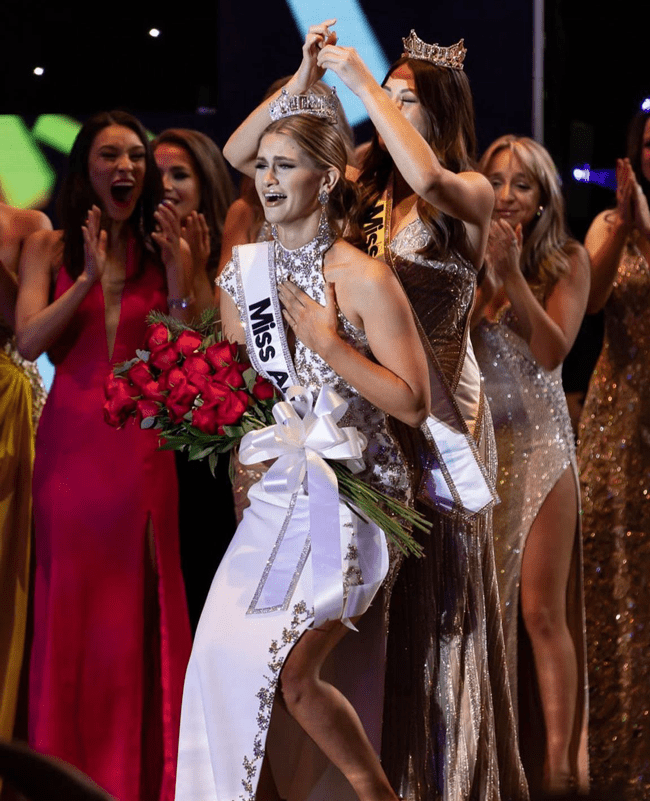

RP: What do you really want to get across to people that you feel like they should know about nuclear that might not be common knowledge?
GS: I want people to know how they can get involved to help. I want people to start their family Thanksgiving fight [laughs] by talking about energy and electricity. I really do think that here in America, as consumers, we’re going to start seeing the effects of the energy transition and these [global] wars. We need to focus on an energy independent America. Our utility bills are going to go up until we reach that energy independence. I think it’s going to become a very heated subject.
Nuclear science week is [October 16 – 20, 2023] and that’s why I’ll be in Washington, DC. There are awesome resources and I’m always available to have conversations with people about nuclear energy but, when you go into the offices to vote, make sure that you know who you’re voting for. Do the research and know where people stand on energy and electricity. I think a lot of Americans write off their utility bill as just another chore, but it is something that we can change, and we can take action and we can speak out.
RP: Talk a little bit about women in nuclear.
GS: There’s not many of us! But, I will say, the nuclear workforce is constantly transitioning just like any other STEM workforce. We have a very strong community that’s actually called Women in Nuclear. It’s really an incredible support group and we make sure that there is a highlight on diversity. We’re focused on always developing and improving. Are we at a perfect percentage or ratio? No. Change and inclusion take time, but it is happening.
RP: According to the American Nuclear Society, women make up just 25 percent of the workforce in the nuclear sector. When you speak at schools, do you try to encourage young girls to pursue a career in the energy field, specifically nuclear?
GS: I work with [girls] in STEM, but I also work with boys in STEM. I work with whoever is interested. I want to help them find a mission, then put their passion to use. A lot of kids are really excited to help join the fight against climate change or help create reliable electricity for Americans. Whether you’re a man or a woman, we need people who are committed to this cause and we need people that are excited to help. It’s about finding that skill set and finding a place for you in this industry and that’s my recruitment method and focus. It’s not targeting one group or another; it’s getting everyone on board.
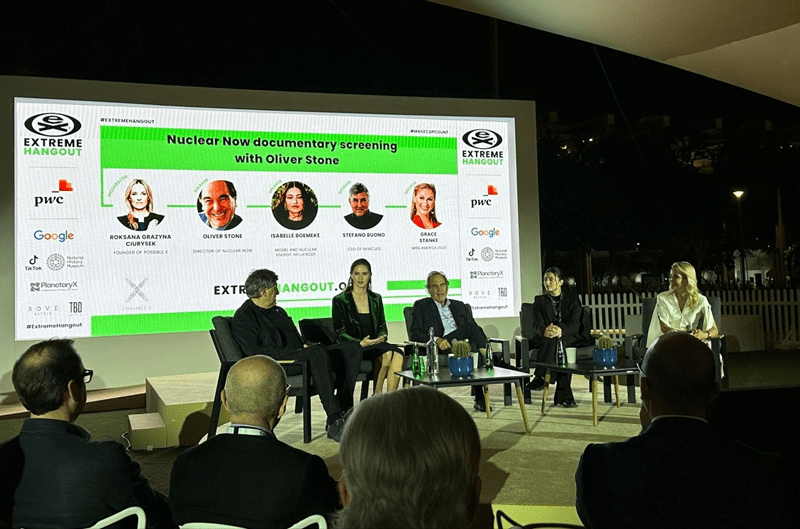

At the end of the day, people are people. There’s never been more of a frustrating moment than when someone treats me differently because I am a woman and I have never felt more angry than in those circumstances so, when I go out to schools, I just treat people like people and I think that’s one thing that we’ve got to focus a little bit more on, but that’s just my personal approach and my personal opinion.
RP: With all the travel you are doing, all the people you are meeting in the U.S. and abroad, is there any one thing – an event or interaction with someone – that stands out to you?
GS: I think this is something that goes beyond nuclear. The interactions that stand out to me are people that are showing compassion and love. When I’m walking through an airport, I’m not in my full Miss America crown and sash; I’m not wearing a lot of makeup. People will still come up to me and say, “Are you Grace? Are you Miss America? Can I tell you a story?” And that always kind of catches me off guard, but it’s incredible because it’s in those moments that [people tell me their personal stories]. Somebody told me once about their brother who passed away from a drunk driving accident. Somebody came up to me and said, “Can I ask for your help? My friend is in a domestic abuse situation and she’s not receiving proper help from authorities. Is there anything you can do?”
That is the example of human compassion and trust and love. People are inherently good and I think we need to remember that now more than ever. We’ve got to focus on humanity and what that compassion and love can do to help fight the bigger societal issues and the fight for humanitarian rights.
Feature photo: Stanke will begin working at Constellation Energy once she completes her reign as Miss America 2023 in January 2024.
Rebecca Ponton has been a journalist for 25+ years and is also a petroleum landman. Her book, Breaking the GAS Ceiling: Women in the Offshore Oil and Gas Industry (Modern History Press), was released in May 2019. For more info, go to www.breakingthegasceiling.com.

